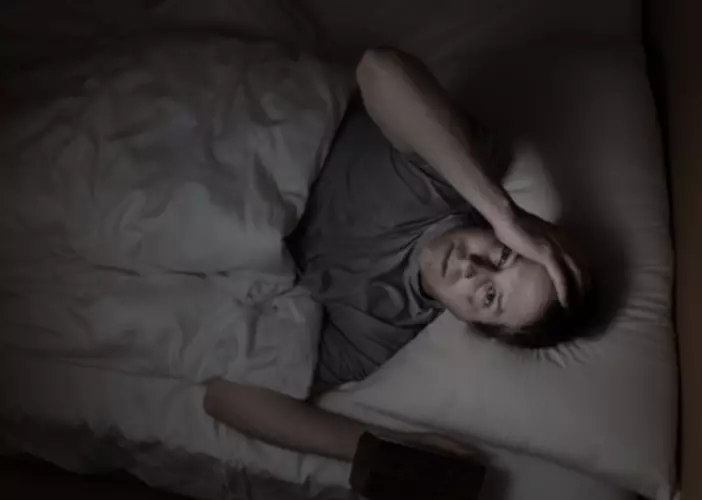
In addition, it is a weak agonist to the α3β2 containing receptors and a partial agonist for the α4β2 receptors. This α4β2 competitive binding by VAR reduces the ability of nicotine to bind and stimulate the mesolimbic dopamine system, like the mode of action of buprenorphine in the treatment of opioid addiction (Elrashidi & Ebbert, 2014). The quantitative, measurable detection of drinking is important for the successful treatment of AUD.

MANAGEMENT OF MINOR ALCOHOL WITHDRAWAL SYNDROME

It has been reported that although adverse events were frequent, they were generally mild and transient. One medication-related serious adverse event occurred in the high-dose baclofen group, suggesting a large-scale prescription of baclofen for the treatment of AD seems premature and should be reconsidered (Beraha et al., 2016). Direct injection of OT into the brain ventricles reduced alcohol consumption and alcohol-induced dopamine efflux in the NAc in rats (Peters et al., 2017). However, only few studies have examined the role of OTRs in mediating the neuropeptide’s effects on motivational actions of alcohol. Recent studies involving viral-mediated overexpression of OTRs in the NAc core have implicated a role for these receptors in alcohol drinking and conditioned reward (Bahi, 2015; Bahi et al., 2016).
1. Benzodiazepines
Myrick et al, evaluated the effects of aripiprazole on alcohol cue-induced brain activation and drinking in alcoholics. 30 subjects with no-treatment seeking alcoholics were URN randomized (biased-coin approach) into control and treatment groups and given 15mg/day for 14 days. Brain https://ecosoberhouse.com/ activity analysis revealed increased activation in placebo-treated subjects in the right ventral striatum, however activation in this area in aripiprazole-treated subjects were attenuated resulting in significantly less heavy drinking sessions during the treatment period.

Find the best treatments and procedures for you
Systemic administration of OT reduces alcohol preference and intake in a variety of drinking models in rats (MacFadyen et al., 2016) and mice (King et al., 2017). Bowen et al has demonstrated that OT specifically attenuates ethanol-induced motor impairment via GABAergic activity at δ-GABAA receptor (α4β1δ and α4β3δ) subunits without activating OTR. OT (1μg, i.c.v) given ahead of ethanol (1.5/kg, i.p) attenuated ethanol-induced difference between drugs and alcohol sedation and ataxia in the open field locomotor test. Because Xenopus oocytes do not have the oxytocin receptor, these data indicate that oxytocin exerted its effects independently from the oxytocin receptor and suggest that the δ subunit of GABAA may be a target of oxytocin action (Bowen et al., 2015). We now focus on the novel medications and their signaling mechanisms by which they exert their effects on AUDs.

2. Additional markers to detect AUD
- These drugs include medications to reduce or stop severe alcohol withdrawal symptoms during alcohol detoxification as well as recovery medications to reduce alcohol craving and support abstinence.
- When the onset of withdrawal like symptoms or delirium is after 2 weeks of complete cessation of alcohol, the diagnosis of alcohol withdrawal syndrome or DT becomes untenable, regardless of frequent or heavy use of alcohol.
- The most severe manifestations of withdrawal include delirium tremens, hallucinations, and seizures.
- In contrast, Kampman et al, reported that patients characterized by the late age onset of drinking problem and low severity of alcohol dependence did not benefit from quetiapine (Kampman et al., 2007).
- The STT was proposed by Saitz et al. in 1994[26] where in chlordiazepoxide was given when CIWA-Ar ratings were eight or more.
- Oral benzodiazepines are the best studied and most effective drugs for preventing a severe alcohol withdrawal syndrome, particularly the risk of seizures and delirium.
- By Sarah Bence, OTR/LBence is an occupational therapist with a range of work experience in mental healthcare settings.
- Among these medications, pregabalin showed significant reduction in AWS and many patients remained alcohol-free, suggesting that pregabalin has pharmacotherapeutic potential for AWS (Addolorato & Leggio, 2010).
- Treatment can occur in various settings, such as the emergency room, outpatient clinic, intensive care unit, or detoxification facility.
- Ordinarily, the excitatory (glutamate) and inhibitory (GABA) neurotransmitters are in a state of homeostasis [Figure 1a].
- Patients for whom methadone is indicated include intravenous users, inpatients, those who have medical and psychiatric complications and patients with a history of poor compliance when withdrawing from opiates5,9,10 (Table 6).
How do trees and green spaces enhance our health?
- Alcohol dependence increases the risk of depression in patients, causing damage and deficiencies in brain function, resulting in cognitive function impairment.
- Patients presenting with alcohol withdrawal syndrome should receive thiamine and folate supplementation as they are often nutritionally deficient.
- Compared with placebo, gabapentin, 1800 mg, increased the relative benefits of complete abstinence from heavy drinking (Mason et al., 2014).
Finding the Right Addiction Treatment Program
- These findings suggest that the effects of ARI on anterior cingulate cortex might mediate the successful treatment of alcohol dependence in patients with MDD (Han et al., 2013).
- Improved medications for the treatment of binge, chronic alcohol drinking and alcohol related socio-medical problems are greatly needed.
- Nalmefene treatment prevented the upregulation of pro-inflammatory cytokines (IL-β, IL-17A, TNFα) and chemokines (MCP-1, MIP-1, KC) and other mediators (iNOS, COX-2) inhibiting apoptotic events in PFC and NAc.
- The rate of taper is a reduction in dosage of approximately 25 percent per quarter of the withdrawal period (e.g., 25 percent per week for one month).
- For adequate alleviation of delirious symptoms, 200 mg capsules are administered (maximum 24 capsules per day) and doses are repeated every 2–3 h until sufficient calming.